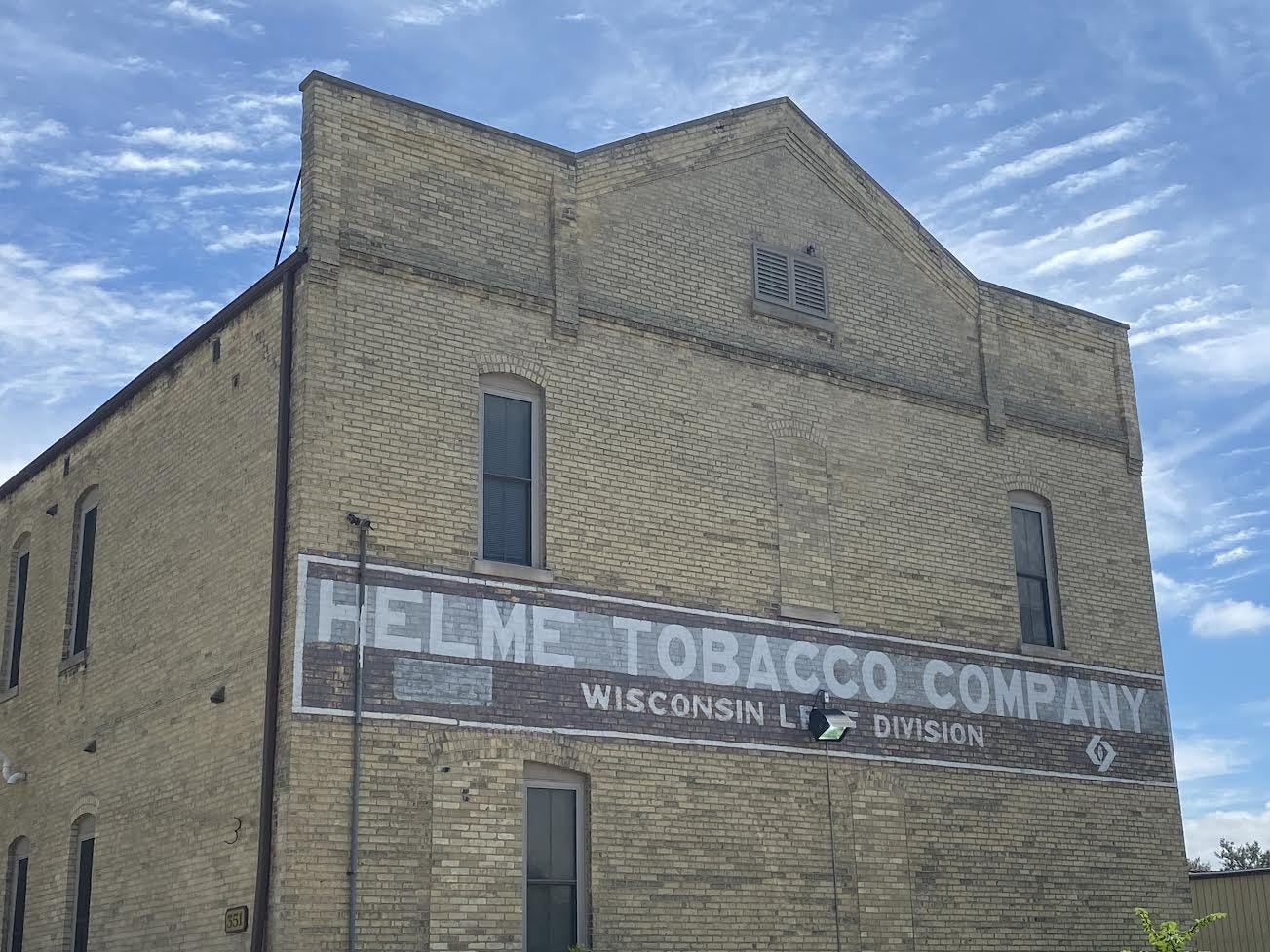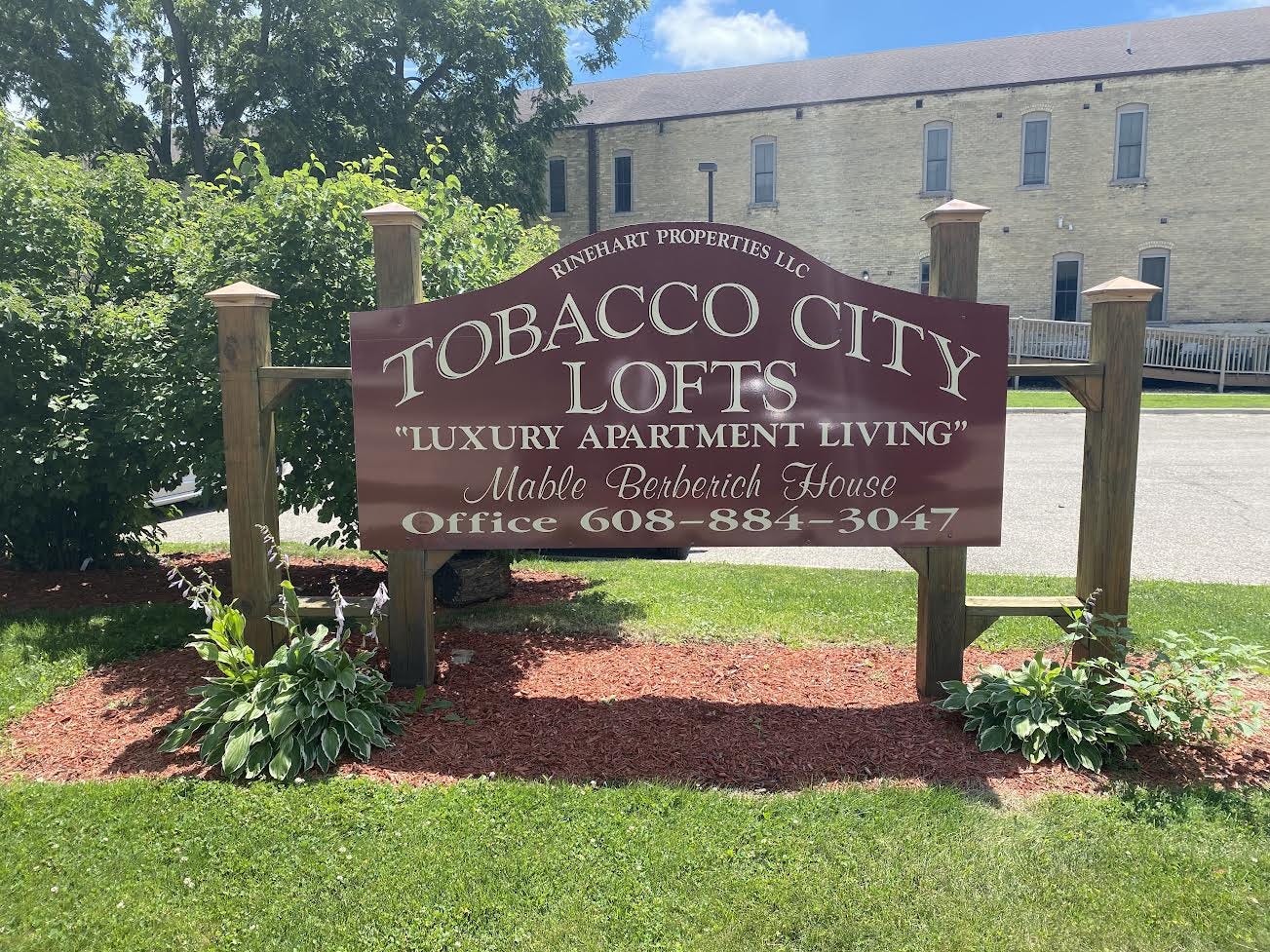“Our heritage and ideals, our code and standards - the things we live by and teach our children - are preserved or diminished by how freely we exchange ideas and feelings.” - Walt Disney
China is the largest tobacco producer, followed by India and Brazil. Caribbean countries, such as Cuba and the Dominican Republic, are cited as having the highest quality tobacco1. But where is the heart of tobacco country?
Depending on who you ask, you’re bound to get very different answers—this is especially true in the United States, where geography seems to be a common weakness. Plenty of Americans have no idea where tobacco is grown in the states. Others will quickly name the beautiful fields of North Carolina. Some will perhaps name distinguished producer states like Kentucky, Tennessee, and Virginia, or maybe even Georgia or Pennsylvania. Most would be surprised to learn Wisconsin grows tobacco. But it does.
In 1880, George W. Helme founded the Helme Tobacco Company in Helmetta, New Jersey. The company originally specialized in snuff and chewing tobacco and was the world's largest snuff-maker in 1925. In 1983, Helme purchased the General Cigar and Tobacco Company, giving it control of the Bloch Brothers Tobacco Company, which owned several smaller companies. This gave Helme multiple operations located in Wisconsin.
Last week, Edgerton, Wisconsin, held its annual Tobacco Heritage Days festival. The celebrations had something for everyone, including softball, little league, an ice cream social, a classic car show, live music, food trucks, and of course, an old-school tractor pull. The resulting motif was one of a happy tight-knit community, where everyone knows one another and has a genuine interest in the livelihood and betterment of their neighbors. And there, they treat everyone like a neighbor, even passersby such as myself.
My eyes lit up when I first saw a sign advertising the festival, and I knew I had to attend when learning there would also be a tobacco plant competition.
I was not disappointed.
Carefully examining the size of the plants and checking each leaf for damage, thickness, and overall quality, the judges were in no rush to assess the promise of this year’s crops. Curious onlookers (myself included) watched in silence as the hung plants were rearranged as the judges scribbled down notes. In the end, using the Danish system, judges awarded six 1st place, six 2nd place, and six 3rd place ribbons. But when they called up all the ribbon winners to collect their cash prizes and pose for a picture, I was surprised. Expecting weathered farmers, instead, a new generation stepped up—the children and grandchildren of the area’s master growers.
Edgerton is a community that doesn’t just celebrate its history, they actively cultivate it. They understand the importance of sharing their heritage and passing down their knowledge and stories to the next generation—if not watered and cared for, it will wilt and die.
One of the event organizers eagerly recalled to me his memories of growing up on the family farm, including using dairy cow manure as fertilizer and cycling through the fields while tending to the rest of the farm. The work wasn’t easy, but it was rewarding. Tobacco, being a fast-growing crop, perfectly filled the summer void and provided families with a substantial income. But a large majority of the tobacco was earmarked for cigars, meaning each plant needed to be carefully harvested by hand, out in the summer heat. A local quote declares:
…on a hot day, an acre of tobacco is about half the size of the Indian Ocean!
There is also an element of luck the locals acknowledge in their good fortune. If the railroads weren’t built to pass through over 150 years ago, their cash crop would never have provided so much, including funding for local construction, especially a good amount of the downtown area.
In 1986, Helme Tobacco was bought out by Swisher, which is still in business today. The Edgerton Helme Tobacco Company factory shut down in 1993 and has since been converted into condos. The town’s primary exports are now honesty, kindness, and a hard work ethic.
Like Edgerton, there are countless communities, not just in the United States but around the world, each with a special story of how they were shaped by tobacco. The plant began to spread across the world over 400 years ago, and despite all the good and the bad, changing consumer tastes, challenging regulations, and other hardships, it will continue to shape our world and provide a livelihood for countless. In talking with tobacco farmers, none of them are worried. Just as there have been difficult times in the past, there will be difficult times in the future—and they’ve never been the type to shy away from hard work.
Where is the heart of tobacco country? Looking around, seeing an entire world shaped by it, and even accidentally stumbling onto a festival celebrating the plant, I’m only able to reach one conclusion:
It’s everywhere.
If you’re interested in understanding the historical significance of tobacco from the perspective of someone whose life has been largely molded by it, I highly recommend the writings of tobacco legend Gene Hoots. As a native North Carolinian with over 50 years of experience as a financial analyst and having worked 21 years for R.J. Reynolds, his knowledge and passion make him uniquely qualified. You can find his writing on his Substack Reflections on "Going Down Tobacco Road" and Investing, in addition to his exceptional book Going Down Tobacco Road found on his website.
A New Era?
The preface of Going Down Tobacco Road shares an incredible fact:
Tobacco, for more than eleven decades, gave investors unbelievably good and consistent returns. One dollar invested in tobacco stocks in 1900 would have grown to $6.3 million in 2014, an annual compound return of 14.6 percent, beyond any other industry over that long period.
Despite all of the technological innovation and all of the changes that came in the last 120+ years, tobacco out-earned it all. It’s stunning.
I’ve begun to share my analysis of the state of the tobacco industry, starting with one of the best-performing stocks of all time. While the future makes no promise to be as rosy as the past for tobacco investors, I believe a new era is upon us. I am refining the notes from my 12+ years of studying the industry and, along with tons of other content, will be publishing my thoughts on why I’m excited about where it’s heading. Stay tuned.
Thanks for reading
If you enjoyed this piece, I’d appreciate you sharing it with others.
And never miss a future article by subscribing.
Disclaimer
This publication’s content is for entertainment and educational purposes only. I am not a licensed investment professional. Nothing produced under the Invariant brand should be thought of as investment advice. Do your own research. All content is subject to interpretation.
I know several North Carolinians who would argue against such a statement.







Devin has continued his coverage of tobacco with this great story about a community that remembers its heritage and the life lessons that hard work teaches.
For those interested in tobacco as an investment today, Devin has recently written an outstanding analysis of Altria (Philip Morris USA). It is one of the most complete research reports I have ever seen, despite the fact that Devin is a “self-taught” financial analyst with no formal training. He has done followup work on the outlook for the industry in general, and Altria specifically. His reports on tobacco are well worth following.